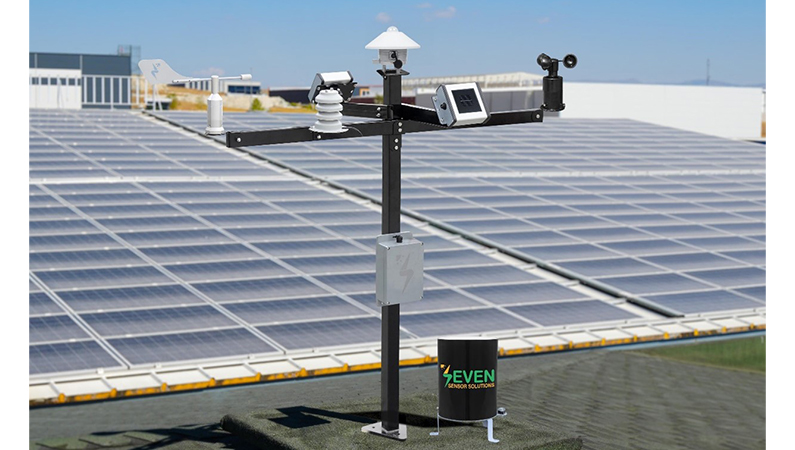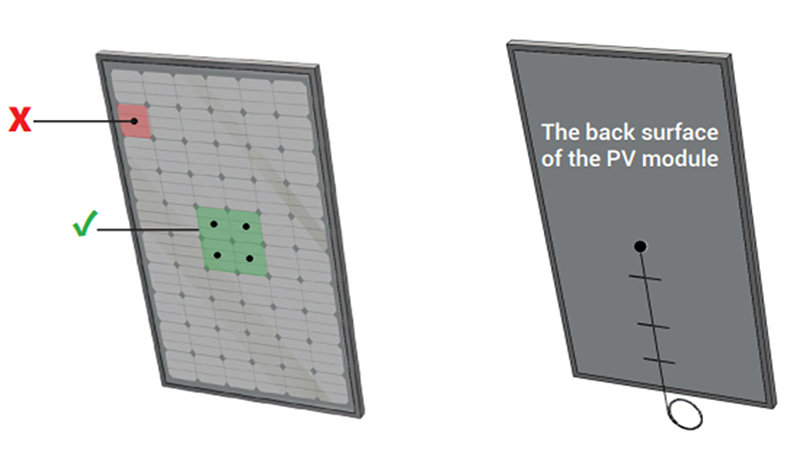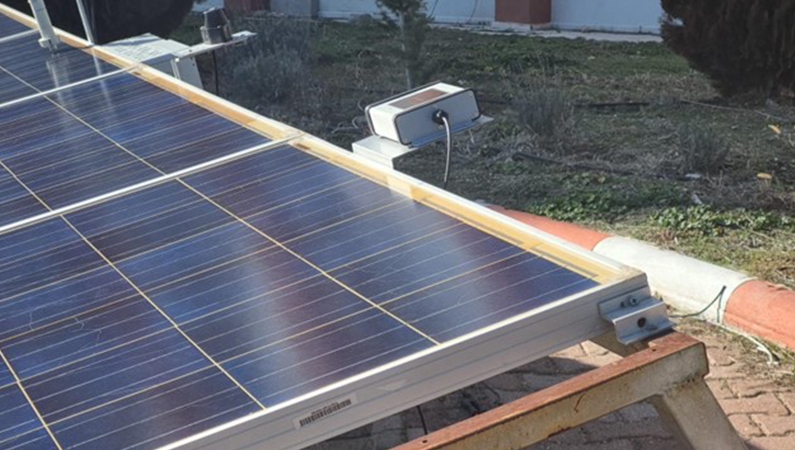Installing sensors in photovoltaic (PV) projects is a critical step in optimizing the performance, maintenance, and safety of solar power systems. These sensors monitor various parameters such as temperature, irradiance, wind speed & direction, providing valuable data that helps in maximizing energy output and detecting potential issues early. However, installing the sensor wrongly generate measurement errors.
Common Types of Sensors Used in PV Plants
There are many types of sensors used for monitoring performance and optimizing energy output of a PV Plant.
Irradiance Sensors (Pyranometers)
The Irradiance Sensors measure the amount of solar radiation hitting the PV panels. Accurate irradiance data helps in accurately calculating the Performance Ratio (PR) of the PV Plant.
Temperature Sensors
PV panel efficiency can drop as temperature rises, making temperature monitoring essential. Temperature data—whether ambient or back-of-module—enables real-time system adjustments and helps predict potential overheating issues.
Relative Humidity Sensors
Relative Humidity sensors may be used to estimate changes in incident spectrum which may affect PV module power output as well as irradiance sensor readings. Humidity data with temperature data can also be used to calculate the times of wetness due to condensation.
Wind Speed and Direction Sensors
Wind can help cool the PV panels, which can increase energy output. In addition, wind speed and direction sensors are often used to monitor and report wind conditions in case of wind-related hazards of PV systems.
Optimal Sensor Placement for Accurate Readings
Proper sensor selection and installation are key steps to maximize the return on investment in solar energy projects.

Mounting of Irradiance Sensors
To measure the Plane of Array (POA) Irradiance or the Global Tilt Irradiance (GTI) Irradiance, the Reference Cell and the Thermopile Pyranometer must be mounted in the same azimuth and tilt angle as the panels. In the other hand, to measure the Global Horizontal Irradiance (GHI), mount the Pyranometer Horizontally far from any obstacles that could cause shading or reflections affecting its measurements.
Mounting of Module Temperature Sensor
The Module Temperature Sensor must be installed at the back of the exact midpoint of the PV module. It must be placed on the back of the center of the cell closest to the exact midpoint of the module, avoiding the boundaries between cells.

Mounting of Relative Humidity and Ambient Temperature Sensor
The Relative Humidity and Ambient Temperature Sensor must be placed at least 1 m away from the nearest PV module at a height representative of the ambient conditions, typically 1.25 to 2 meters above ground. Although SEVEN sensor is always equipped with a protective shield, it is important to avoid locations that are directly exposed to sunlight, heat sources or reflective surfaces, as these can cause wrong readings.
Mounting of Wind Sensors
Ensure that the Wind Speed and Direction Sensors, positioned vertically upright, and in a location free from vibration or excessive movement, which can affect readings. Mount the Wind Sensors in a location that provides unobstructed airflow from all directions. Thus, avoid installing near obstructions like buildings, trees, or towers that could affect wind flow. So, the Wind Sensors should be placed no closer than 10 times the height of any obstruction. For Wind Direction Sensor, it is crucial to align the sensor with True North to ensure accurate wind direction readings; Use a compass or GPS device to identify True North. SEVEN Sensor includes alignment mark to assist with proper orientation.
